[ad_1]
Algae is an occupational hazard for aquarium hobbyists. Even a healthy fish tank has some of these green plants growing on the decorations, filter equipment, and viewing panes.
Although algae won’t harm your fish, too much of the green stuff leaves your tank looking decidedly untidy.
What can you do besides scrubbing your decorations and scraping the algae off the glass with an algae scraper?
Well, a clean up crew could be the answer to your algae problem!
Read this guide to learn how to put together the perfect clean up crew for your saltwater aquarium.
What Is a Clean Up Crew?
A cleanup crew is a group of invertebrate creatures that you add to your setup to help remove general detritus and algae.
The cleanup crew is a vital aquarium maintenance tool for any setup. The animals in the crew help remove rotting organic matter that would otherwise cause ammonia, nitrate, and phosphate spikes that could poison your livestock.
Here’s what a clean up crew could do in your tank…
Algae
Algae grow in various forms in saltwater tanks.
Film algae can be removed relatively easily from the glass, and brown diatoms usually disappear without your intervention. However, some species of nuisance algae can reproduce rapidly, suffocating delicate corals and becoming real pests.
Members of your clean up crew eat different species of algae.
Fish Waste
Your filtration system removes most of the fish waste in your tank from the water. However, some of the waste gets trapped in the substrate and rock crevices.
Some clean up crew members consume the waste or disturb the sandbed so that the filter can pick up the waste.
Uneaten Food
Overfeeding your fish leads to increased nitrates and phosphates in the water. The excess fish food finishes up trapped in the substrate or gets caught in live rock, where it gradually decomposes, producing toxins as it does so.
A clean up crew will vacuum up any leftovers to make a meal of them.
Dead Fish
Unfortunately, fish and other livestock die occasionally. If you spot the deceased quickly, you can remove it from the tank. However, if the creature has hidden in the rockwork and died, the cleanup crew will view the death as a food source and consume it.
Should I Add The Cleanup Crew Or Fish First?
You should wait until your tank is cycled and there are sufficient algae to support the cleanup crew members. Once the tank is cycled and you add your fish, the bioload in the tank will increase, and so will algae growth.
Start by adding a couple of cleanup crew members at a time, so there’s enough food for them. You can add more later as the tank matures.
How To Pick A Cleanup Crew
Aquarium owners should consider several factors when choosing a clean up crew for their tank.
Aquarium Size
The larger your tank, the more cleanup crew members you’ll need.
For example, if you have a 20-gallon tank, you’ll need ten snails, two hermit crabs, and one cleaner shrimp. Choose five herbivorous snails to deal with the algae and five detrivores living in the sand to eat fish waste and leftover food.
Bioload
It’s difficult to judge the bioload in your tank to start with. However, the more livestock you have in the tank, the greater the bioload.
In a new tank, it can take a while for the filter system to accumulate the beneficial bacteria it needs to process nitrates and phosphates. So, we recommend that you don’t add too many fish and other critters until the ecosystem has balanced.
So, a small cleanup crew is the way to go at first so that there’s enough food to go around.
Substrate
If you decide to go with a bare-bottom aquarium, there are some cleanup crew members that you won’t need. For example, conches, most carnivorous snails, and Sand Sifting starfish need a sandbed to survive.
Algae
Every reef aquarium suffers from nuisance algae of one species or another at some point. If you don’t control algae efficiently and quickly, it can rapidly spread to coat all of your live rock and corals.
A correctly assembled cleanup crew can deal with algae extremely effectively. However, some species of algae, such as Turf algae, Film algae, Hair algae, and Bubble algae, are not tremendously appetizing to many cleanup crew members, and they might not make many inroads into a very extensive infestation.
So, the moral here is to keep on top of the cause of algae outbreaks. For example, you might have too much lighting in your tank, your sandbed needs a good vacuum, or perhaps you’re overfeeding your fish.
What’s The Best Clean Up Crew For Beginners?
Some cleanup crew members are challenging to keep. So, we’ve included some easier-to-keep species that make good choices for beginners.
Let’s start by looking at some of the many snail species available in the aquarium trade that are key members of any aquarium cleanup crew.
Snails
We’re starting with snails since these are just about the easiest cleanup crew members to keep.
Turbo Snails
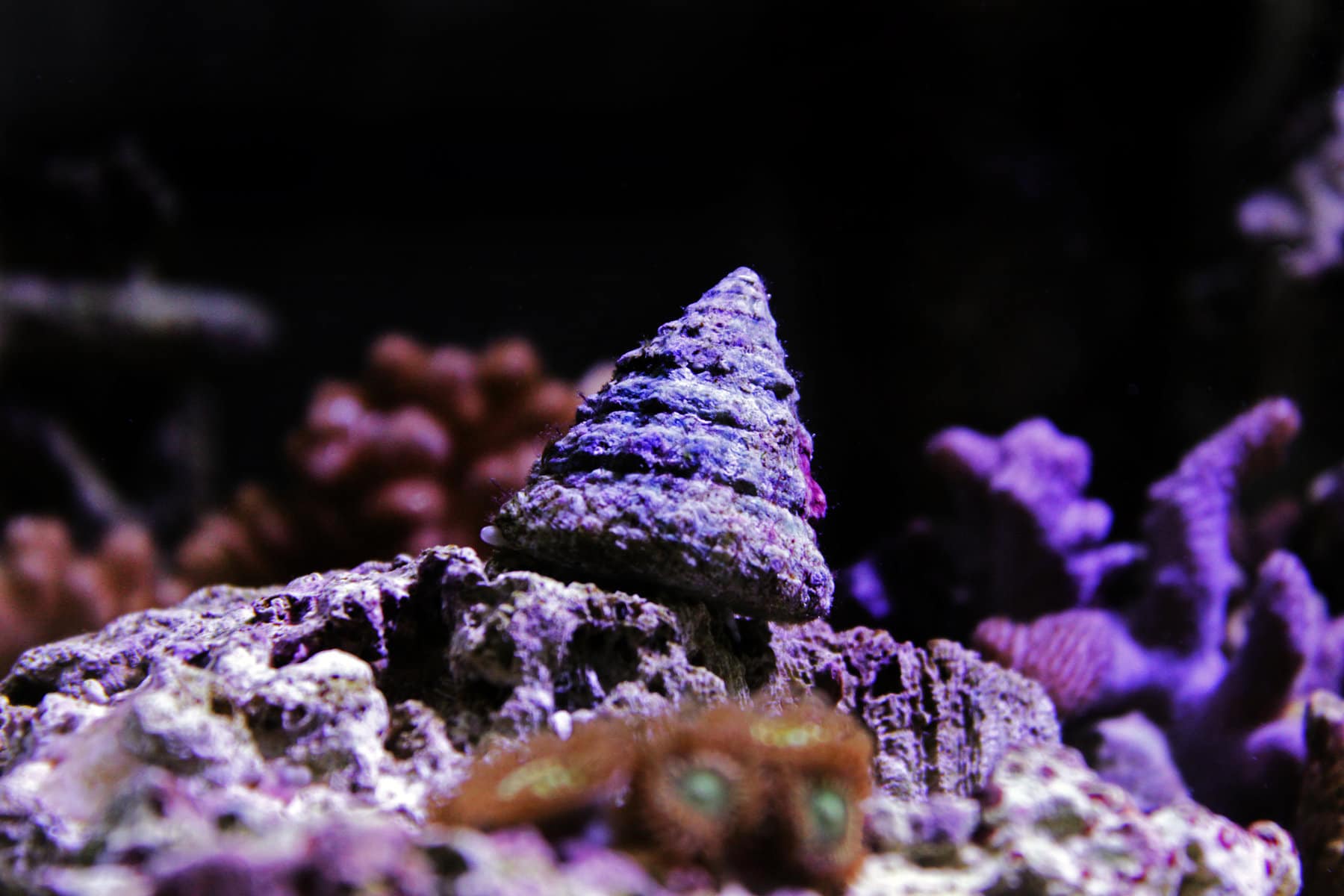
Turbo snails are large snails that spend much of their time grazing on algae growing on live rock and the aquarium viewing panes.
There are several types of Turbo snails, including:
- Mexican
- Chestnut
- Caribbean
- Zebra
These snails have voracious appetites, so you might need to supplement their food with algae products or seaweed.
A word of caution: Turbo snails can break or dislodge Stoney corals if they grow very large. Also, if a snail falls, you’ll need to right it, as they can’t do that themselves.
Trochus Snails
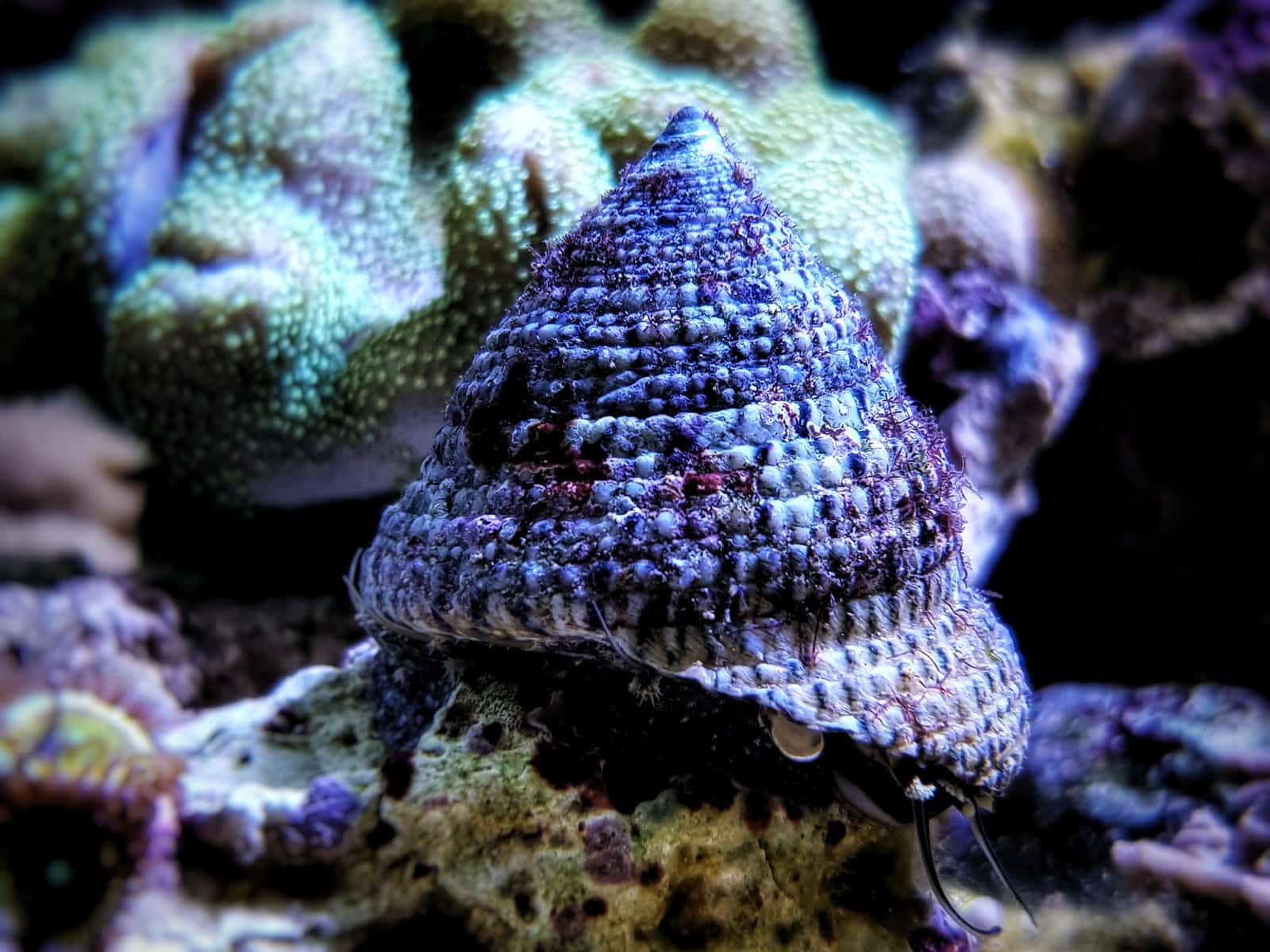
Trochus snails are smaller than Turbos, but they can munch their way through just as much algae, especially on your tank glass.
These critters can right themselves if they fall onto their backs, which saves you the hassle. One big plus point is that Trochus snails won’t damage your corals.
Astraea Snails
Astrea snails are specialists that focus on eating hair algae, diatoms, and cyanobacteria that grow on live rock.
Nerite Snails
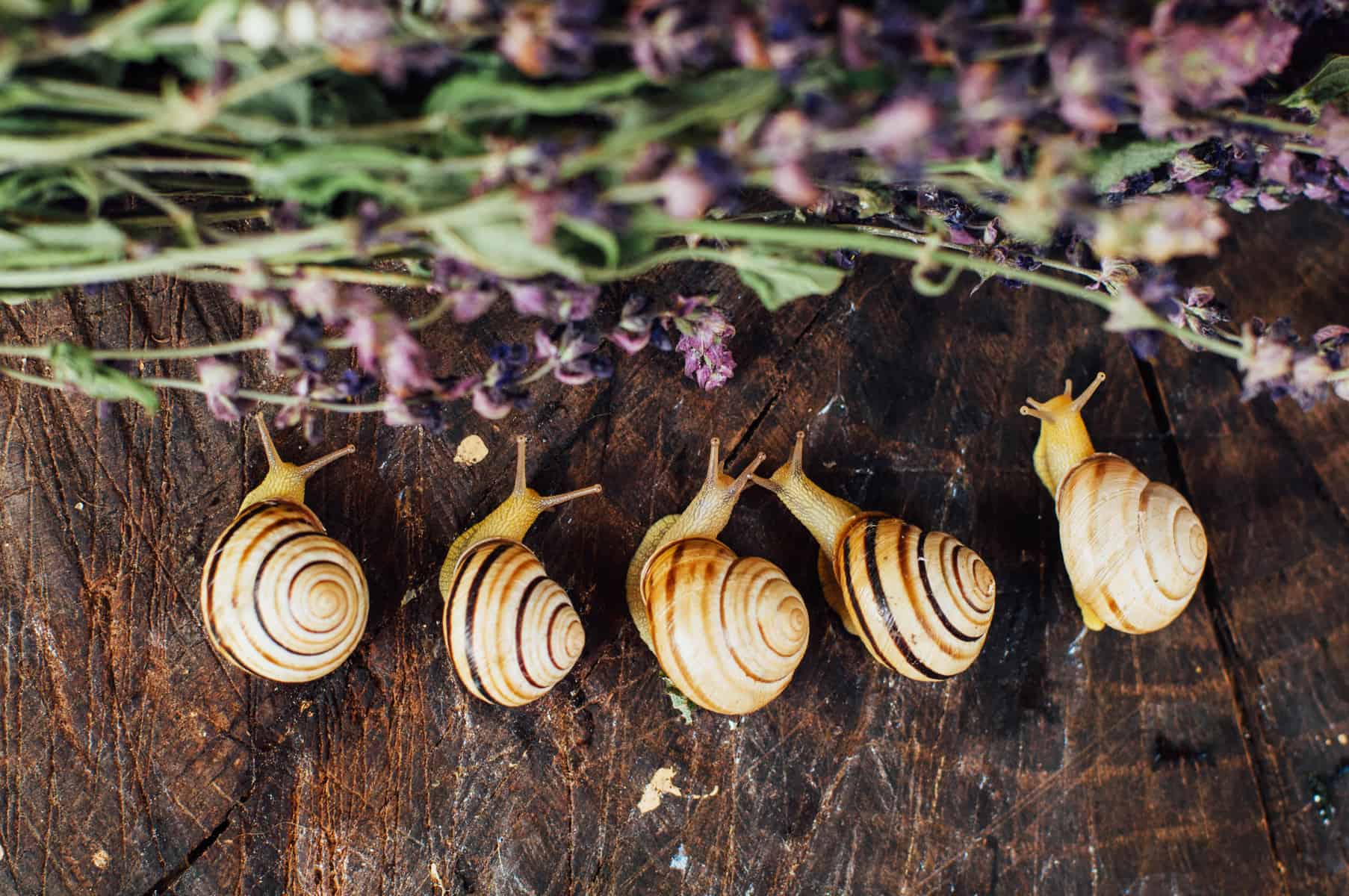
Nerite snails are excellent for removing film algae from your viewing panes. These tiny snails can save you lots of work scrubbing your glass every few days.
Nassarius Snails
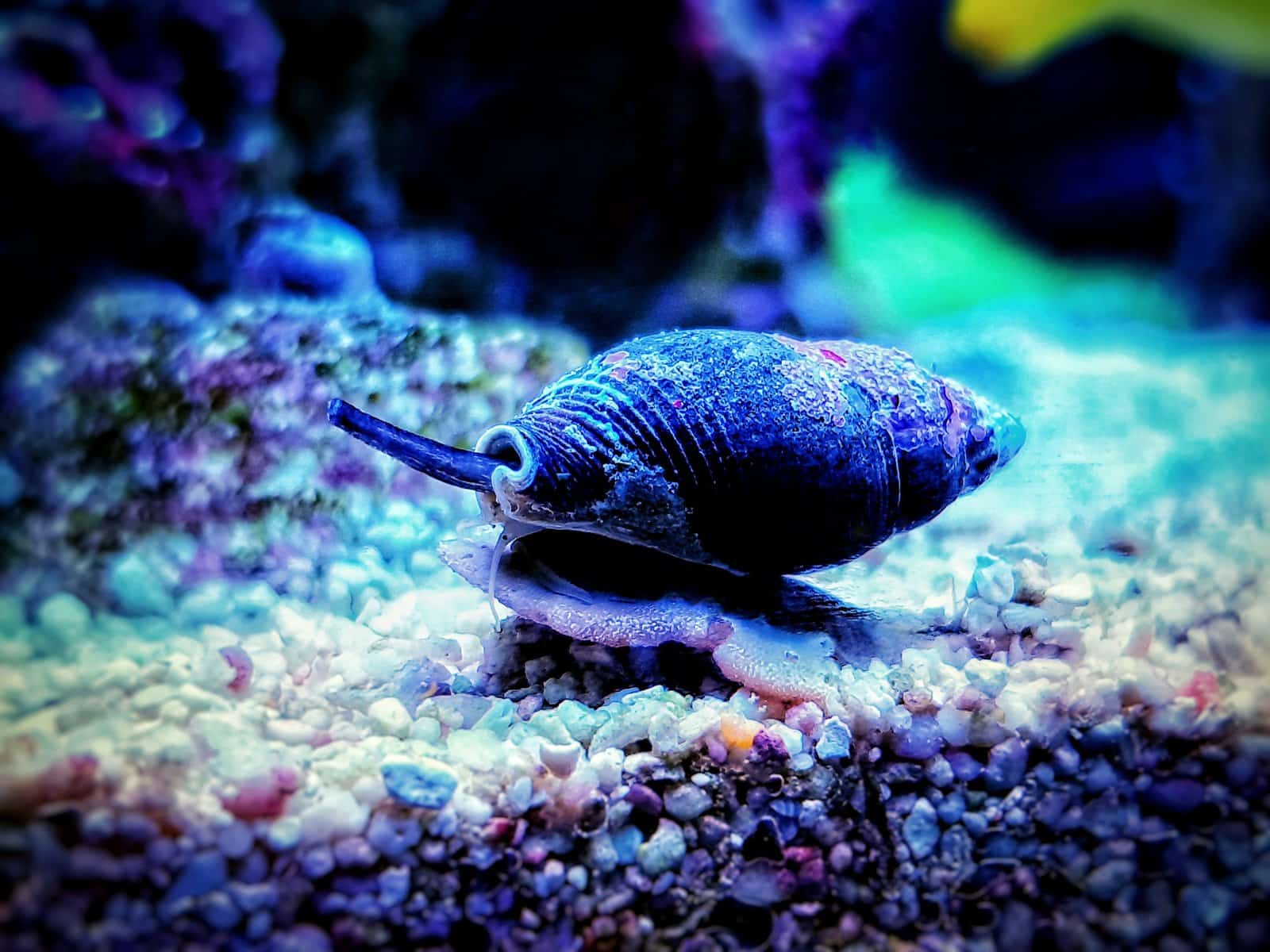
Nassarious snails live buried in the sandbed, poking out one large tentacle while waiting for food.
These snails are detritivores that eat dead livestock and help to aerate the substrate.
Cerith Snails
Cerith snails live in the sand, keeping the environment aerated. These snails have a long spiral-shaped shell and feed on fish waste and algae.
Their shell enables them to access tight cracks and crevices in your live rock.
Crabs
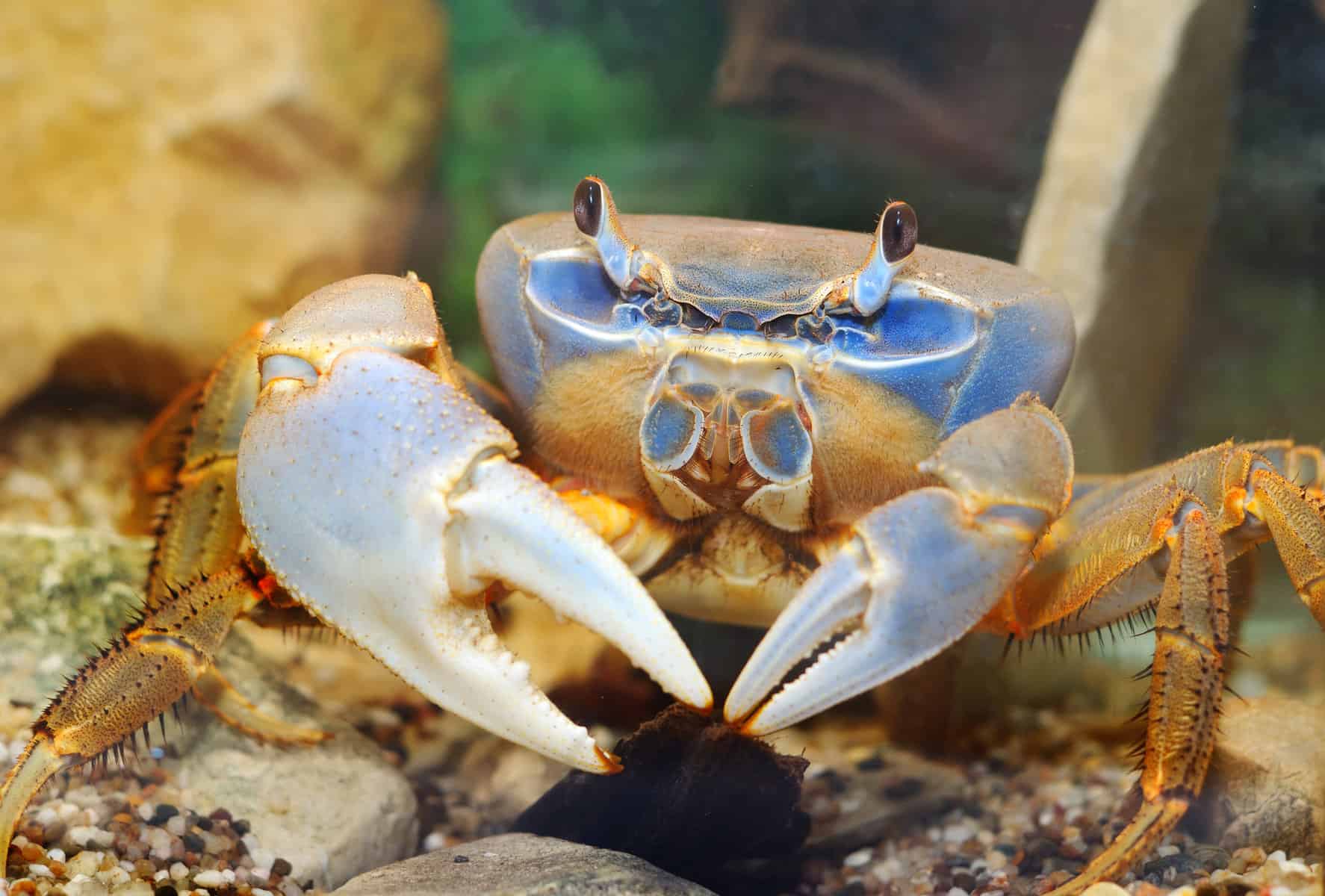
Crabs can make an excellent addition to the cleaning crew, although not all are reef-safe, so choose carefully.
Emerald Crab
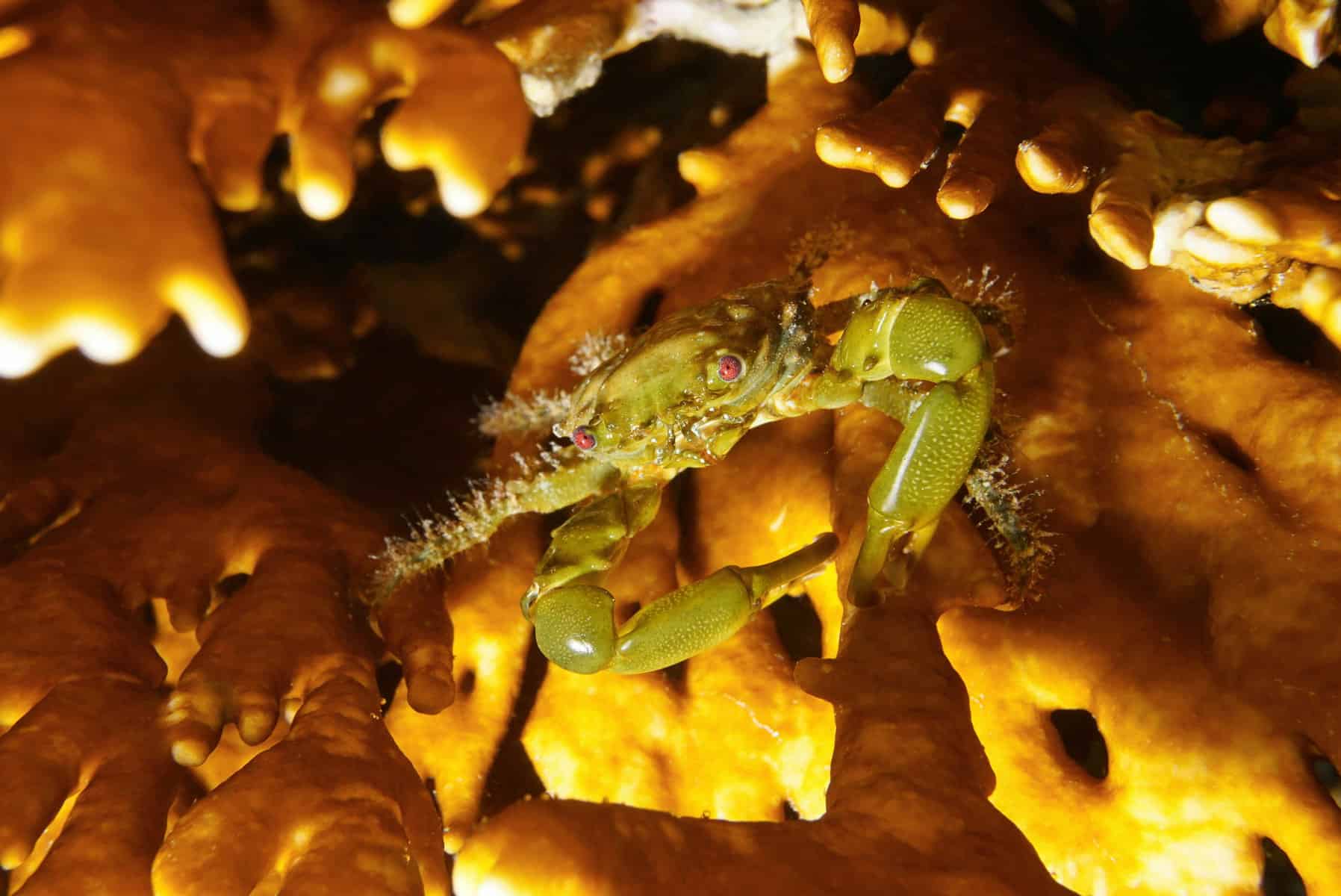
grow to around 2.5 inches long and are nocturnal. These creatures feed on bubble algae, but you must also feed them prepared meaty foods.
Note that if your Emerald crab doesn’t get enough extra food, it will turn its attention toward your corals and other inverts. So be sure to keep your crab well-fed.
Scarlet/Blue Hermit Crab
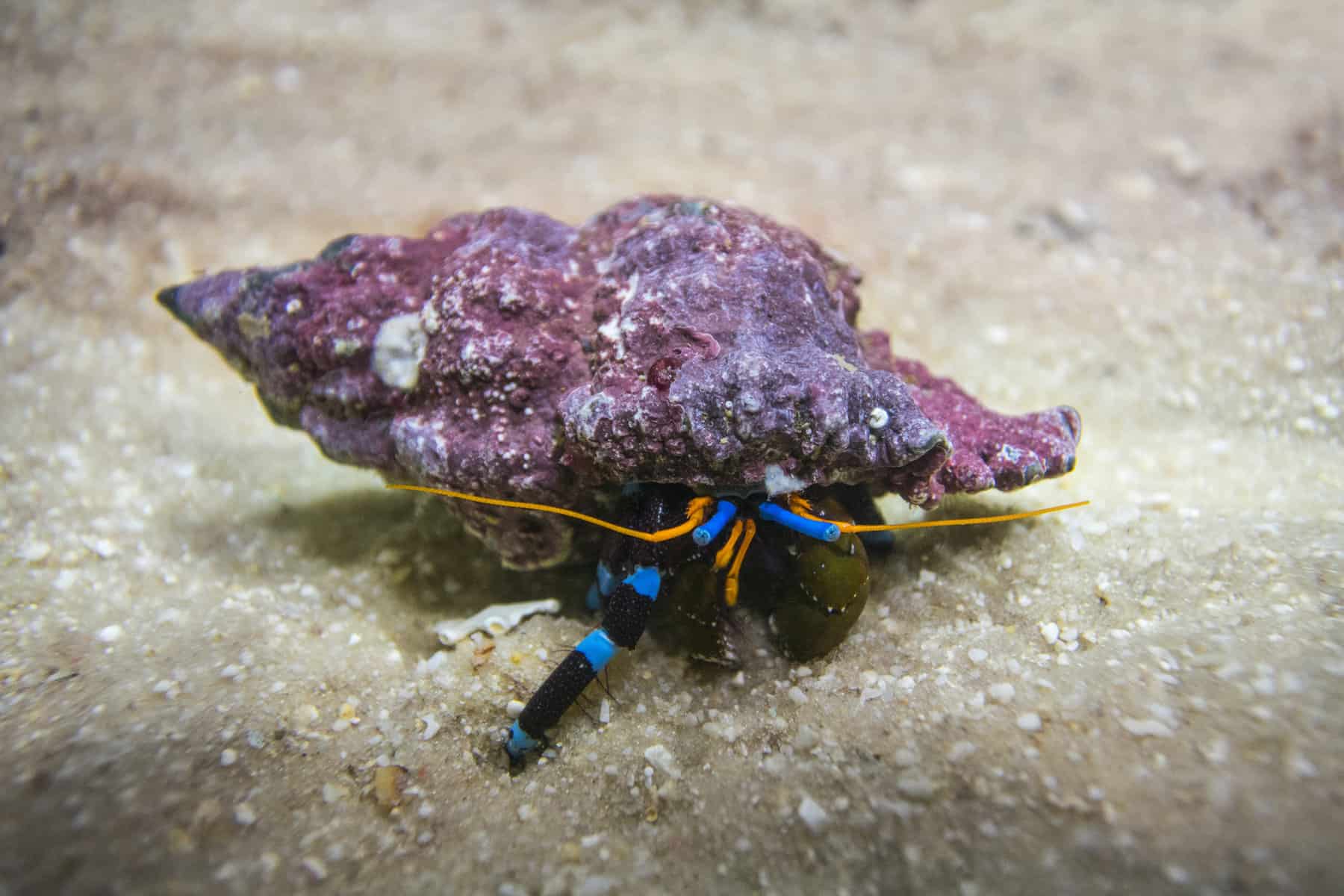
Some species of hermit crabs can get very large and aggressive and might predate on your small fish and snails.
However, Blue Leg and Scarlet hermit crabs are very small, peaceful creatures that make a useful cleanup crew addition. These omnivorous crabs eat a varied diet ranging from hair algae and cyanobacteria to waste and fish food.
As these crabs are pretty small, you’ll need quite a few in your tank for them to be effective as cleanup crew members.
You must also provide plenty of empty shells of various sizes for the crabs as they grow. The crabs will attack your snails and steal their shells if you don’t!
Shrimp
Shrimp make an interesting, useful addition to your cleanup crew, and there are plenty of species to choose from.
Scarlet Skunk and Blood Red Fire Cleaner Shrimp
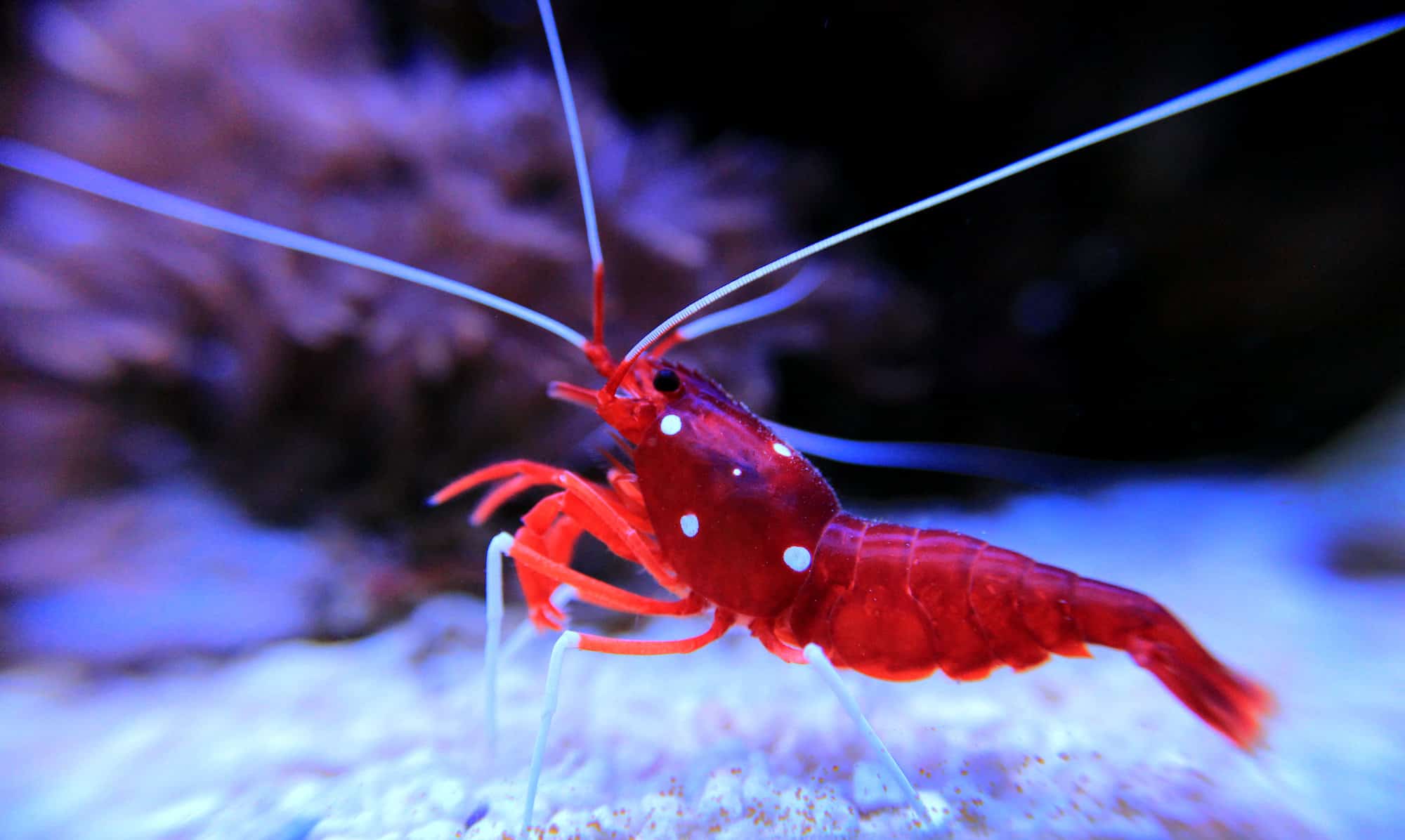
Cleaner shrimp eat waste, general detritus, and meaty foods, but they will also remove parasites from your fish. Although that can be highly entertaining to watch, not all fish will tolerate the shrimp’s attention!
Although these shrimp species are similar, the Scarlet Skunk is somewhat more peaceful with members of its own species. For that reason, we recommend that you choose one of each species or a pair of Scarlet Skunk shrimp.
Shrimp have a lifespan of a few years and molt once a month as the creature grows. You need one cleaner shrimp in a 20-gallon aquarium to start with.
Conch
Conches have gorgeous shells and active temperaments, making these animals a lovely addition to your cleaning crew.
Conch are omnivores, sifting through the substrate searching for detritus and food scraps while helping keep the environment aerated. These animals will also eat green algae and waste from the lower areas of live rock.
Although conchs spend much of their day feeding, you might need to supplement their diet to keep the animals healthy. Ideally, you want to add one conch to a 20-gallon aquarium.
Sand Sifting Sea Star
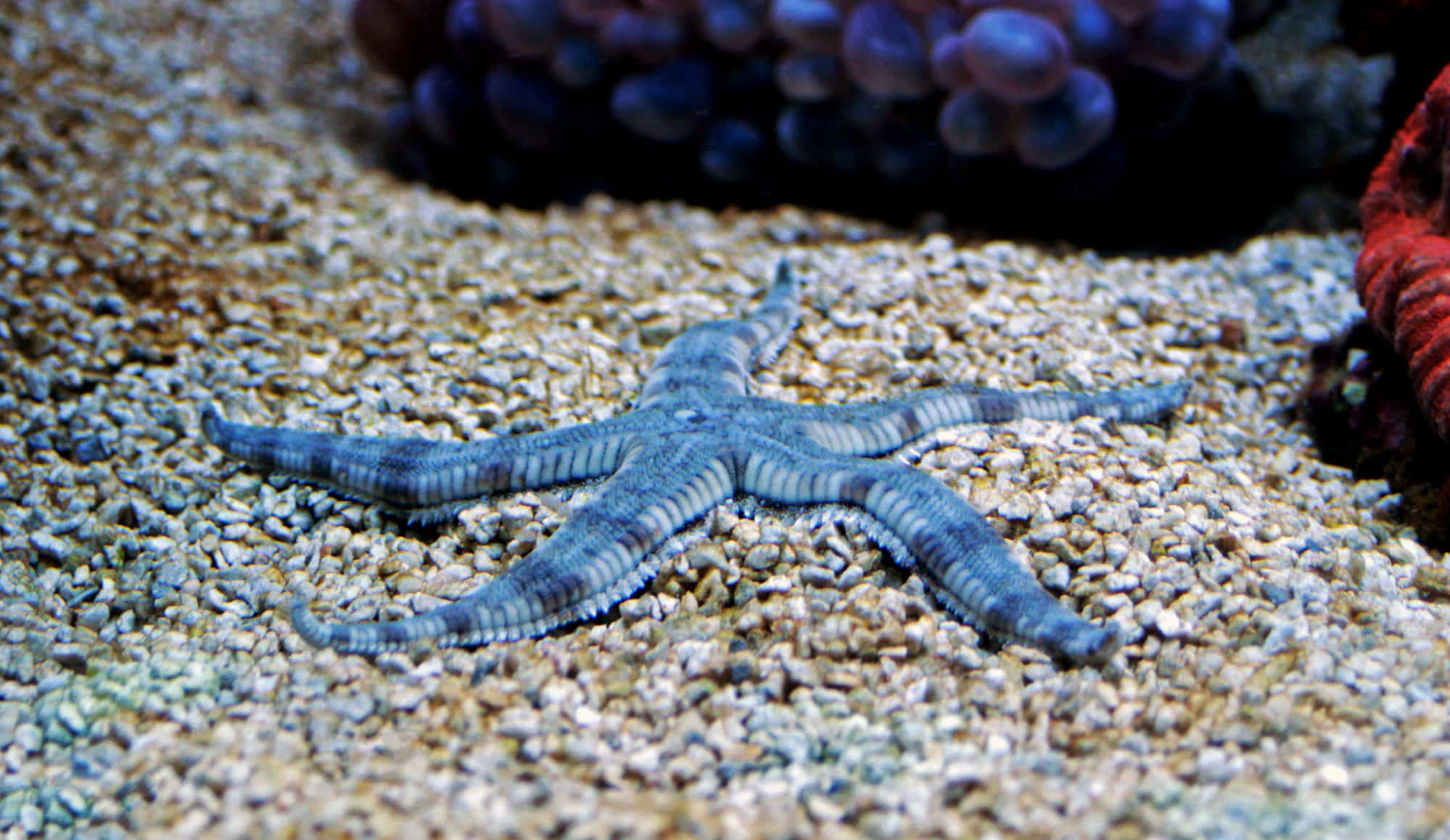
Unfortunately, most starfish species are tricky to keep in a home aquarium. However, the Sand Sifting Sea Star is one of the less challenging, provided you give the animal enough to eat.
Sea Stars have a voracious appetite, munching through detritus at an alarming rate. Although that’s great news for your cleanup crew, these animals can quickly run out of food in a small setup. For that reason, we recommend the Sand Sifting Sea Star for large, well-established tanks with a sandbed of at least two to three inches deep.
Be aware that this species of Sea Star eats small invertebrates, including snails. So, if your Sea Star is hungry, it might prey on other cleanup crew members.
Brittle Star
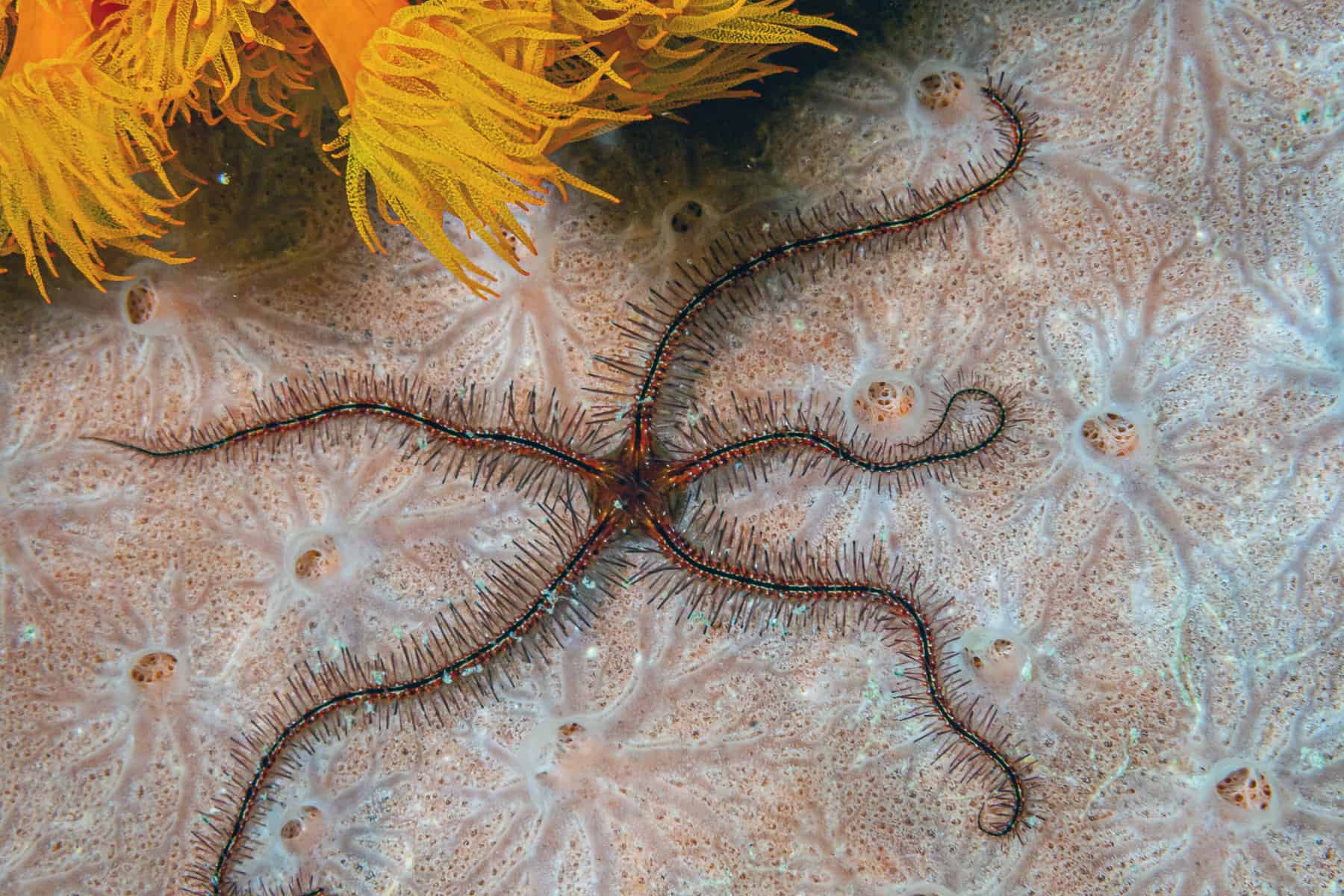
Brittle Stars use their long arms to propel themselves around the tank, whereas Sea Stars use their tube feet to float through the water.
Brittle Stars are primarily nocturnal detritivores. The creatures spend the night climbing around your live rock, hunting for scraps of uneaten food and waste.
You’ll need a mature tank with stable water parameters to keep Brittle Stars, and the habitat must have lots of hiding places where the animals can rest during the daytime.
Urchins
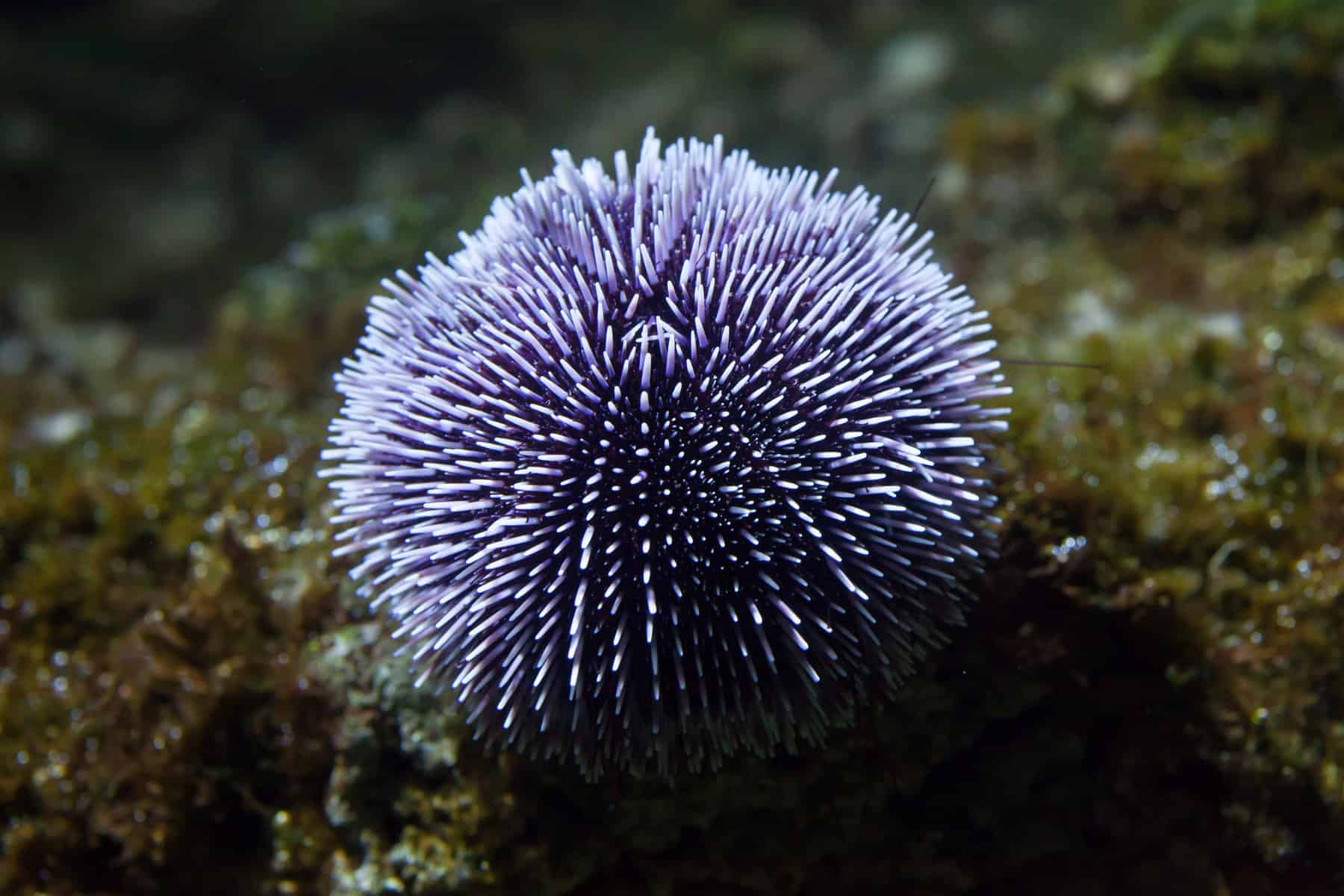
Urchins make an interesting, attractive addition to a reef tank and can also be helpful cleanup crew members.
Tuxedo Urchin
Tuxedo urchins can be red or blue and can make short work of any algae growing on your live rock.
Unfortunately, if there are not enough algae for the urchins, they can starve to death. Urchins are pretty strong, too, so you must have your rock cemented together rather than simply stacked to save your aquascape from damage.
Tuxedo urchins are nocturnal, spending the night grazing on the algae growing on your live rock. You might also need to supplement the urchins’ diet with seaweed if they eat all the algae.
You need at least a 20-gallon tank with lots of live rock for your urchins to thrive, although a larger tank is better for these guys.
Cleanup Crew Members To Avoid
Before closing, we must warn you not to buy Sea Slugs or Sea Cucumbers as cleanup crew members for your reef tank.
These are undoubtedly beautiful animals that make a wonderful addition to your tank from an aesthetic perspective. However, when the animals die, they emit a toxic substance that will quickly wipe out every other living thing in your aquarium.
So, don’t be tempted. These animals are not a good choice for beginners.
Final Thoughts
Did you enjoy our guide to the best cleanup crew for your reef aquarium? If you found the article helpful, please share it!
A cleanup crew is an assembly of creatures that feed on algae, fish waste, leftover fish food, and general detritus in a marine aquarium. Shrimp, snails, and crabs are all popular cleanup crew members, and you might want to consider conch, Brittle Stars, and urchins, too.
What cleanup crew members do you have in your reef tank? Tell us your recommendations and tips in the comments box below!
[ad_2]
Source link
